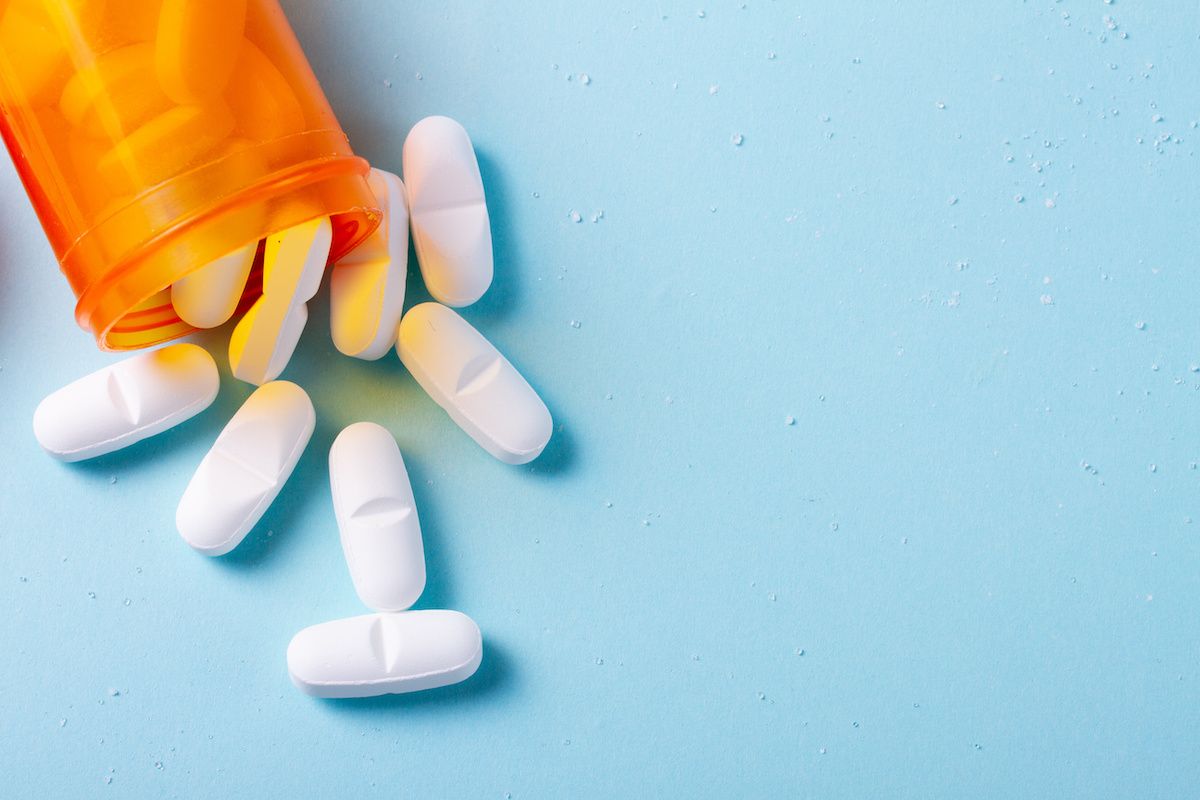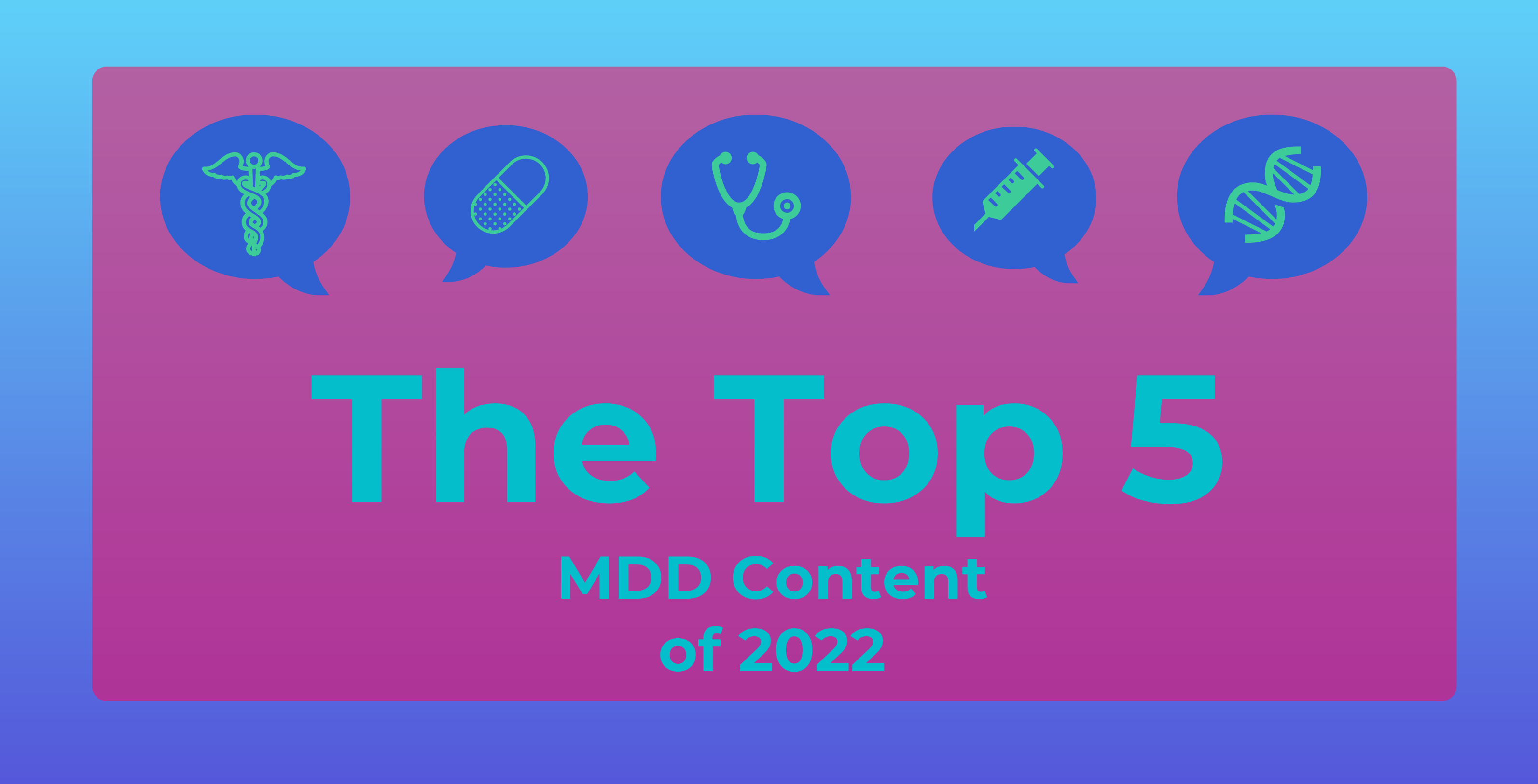Article
Analysis Finds Efficacy in Combining Esketamine With Antidepressants
Author(s):
While the combination improved multiple depression scores, patients receiving both therapies did have more adverse events than those in control groups, the meta-analysis found.
A recently published meta-analysis determined the combination of esketamine nasal spray and antidepressants for refractory depression was effective but noted more adverse reactions with the combination.
The findings were published in Neuropsychiatric Disease and Treatment.
The authors searched PubMed, Web of Science, Embase, CNKI, and Wanfang databases for published information on esketamine plus antidepressant from inception to July 2022. The quality of evidence was assessed using the Grading of Recommendations Assessment, Development, and Evaluation (GRADE) analysis.
The final analysis included 7 randomized controlled trials, most of which were conducted in Europe and the United States. Patients were all treated with conventional antidepressants combined with esketamine or placebo. Antidepressants used in the studies were duloxetine, escitalopram, sertraline, and venlafaxine.
The treatment phase of the studies was a double-blind induction period.
Results were pooled. There were 701 patients in the esketamine and antidepressant group and 551 in the placebo group.
Esketamine doses ranged from 28 mg to 84 mg. Three studies used 84 mg; 2 studies used esketamine at 56 mg and 84 mg; and 3 studies used esketamine at 84 mg. Treatment duration in all of the 7 studies was 4 weeks.
Outcomes were changes in Montgomery-Asberg Depression Rating Scale (MADRS) scores before and after treatment, effective response rate, remission rate, and changes in self-rating depression scale (SDS).
Results of the pooled meta-analysis indicated the combination of esketamine and antidepressant had significant effects on treatment-resistant depression.
- MADRS score: mean difference (MD) = −2.68; 95% CI, −3.98 to −1.37; P < .0001
- SDS: MD = −2.9; 95% CI, −4.01 to −1.79; P < .00001
- Response rate at the end of the double-blind induction period: 1.28; 95% CI, 1.12-1.46; P = .0002
- Remission rate at the end of the double-blind induction period: 1.39; 95% CI, 1.18-1.63; P < .0001
- Five-Dimensional Health Scale: MD = 0.05; 95% CI, 0.02-0.08; P = .00009
- Visual Analogue Scale of Health Status: MD = 5.54; 95% CI, 2.37-8.71; P = .0006
Esketamine worked as fast as 2 hours after administration.
However, individuals receiving both esketamine and antidepressants had more adverse reactions, although most events were mild or moderate and were transient, self-limited, and resolved quickly. Adverse events included nausea, dizziness, disassociation, vomiting, vertigo, dysgeusia, lethargy, dysesthesia, increased blood pressure, and sedation.
The GRADE systematic review results showed that the evidence for remission at the end of the double-blind induction period was of high quality. The evidence for the effective response rate, changes in MADRS score before and after, and changes in SDS at the end of the double-blind induction period were moderate.
The meta-analysis was limited by the small number of included trials. In addition, the study was not designed to determine the optimal dose of esketamine.
Reference
Liu P, Zhang SS, Liang Y, Gao ZJ, Gao W, Dong BH. Efficacy and safety of esketamine combined with antidepressants for treatment-resistant depression: a meta-analysis. Neuropsychiatr Dis Treat. Published online December 7, 2022.
doi:10.2147/NDT.S388764





